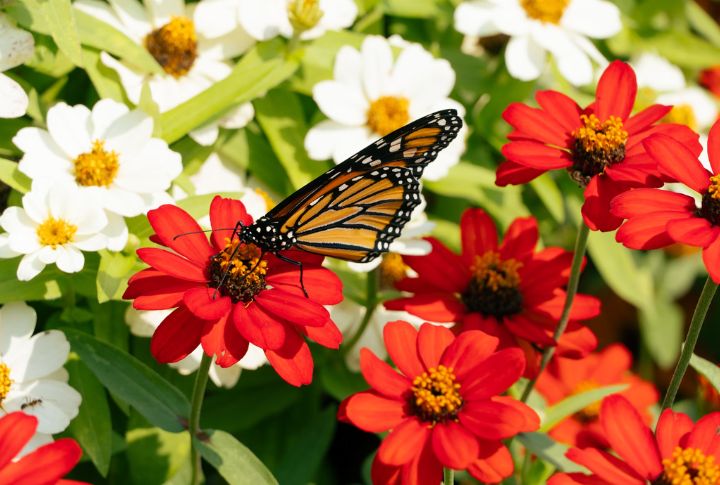
Sometimes the most ordinary garden space has the potential to surprise you. Monarch butterflies, known for their long migration, are constantly looking for safe havens along the way. By shaping even a modest patch of land, you can give them exactly that. It doesn’t take expensive tools to do so. Here, you’ll discover how small, practical steps can transform overlooked soil into a vibrant resting place alive with color and movement.
Plant Native Milkweed
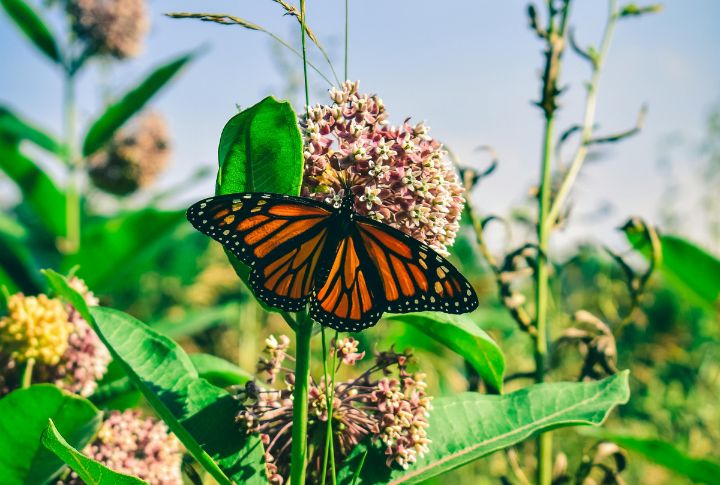
Think of milkweed as the monarch nursery you get to host. Female butterflies won’t lay eggs anywhere else, and their caterpillars won’t eat anything else. So, by planting native milkweed and saving seeds, you’ll keep generations of monarchs fluttering through your yard.
Grow A Nectar Succession Plan
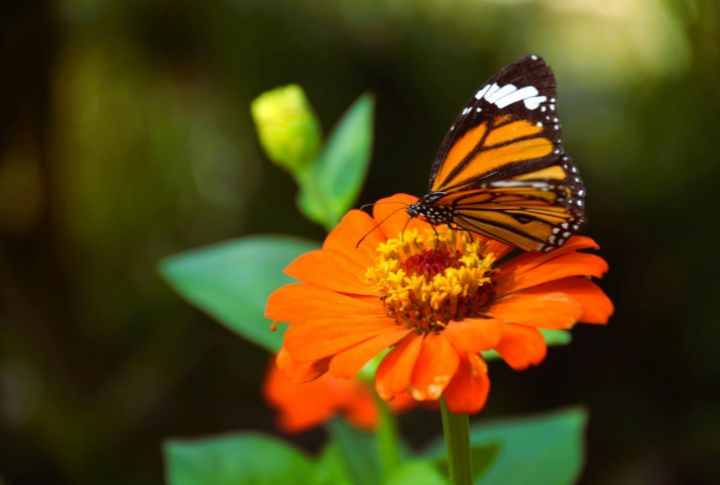
To a butterfly, an empty garden in midsummer feels like showing up at a closed restaurant. Continuous nectar prevents that. By sowing zinnias, marigolds, and cosmos in succession, you create a steady food supply that keeps monarchs and other pollinators nourished throughout their journey.
DIY Puddling Station
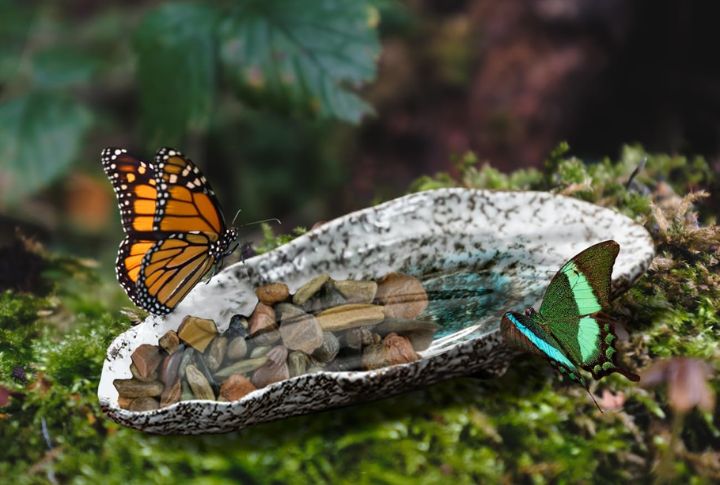
Just like athletes need electrolytes after water, butterflies need minerals beyond nectar. They find them in muddy puddles, and you can supply the same thing at home. A damp dish of sand or gravel becomes their pit stop for essential nutrients.
Keep A Pesticide-Free Zone
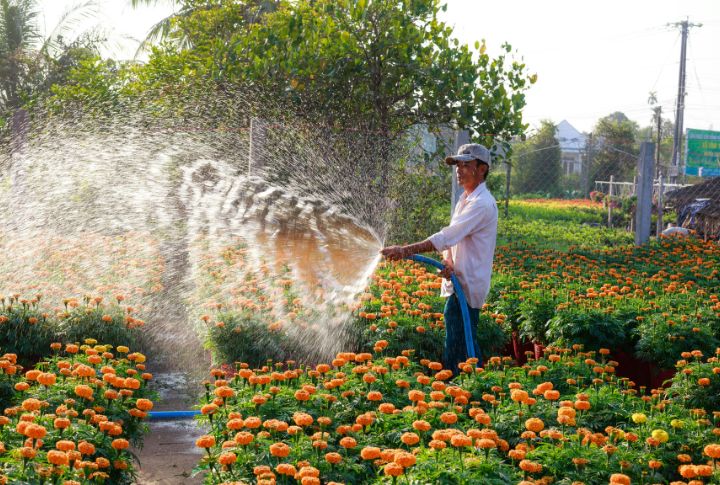
Monarchs and chemicals don’t mix. Before planting, make sure your flowers are pesticide-free. If pests show up, try hand-picking them instead. You’ll be surprised how much safer and livelier your garden feels once you give monarchs (and pollinators in general) a clean, chemical-free space.
Mulch With Free Organics
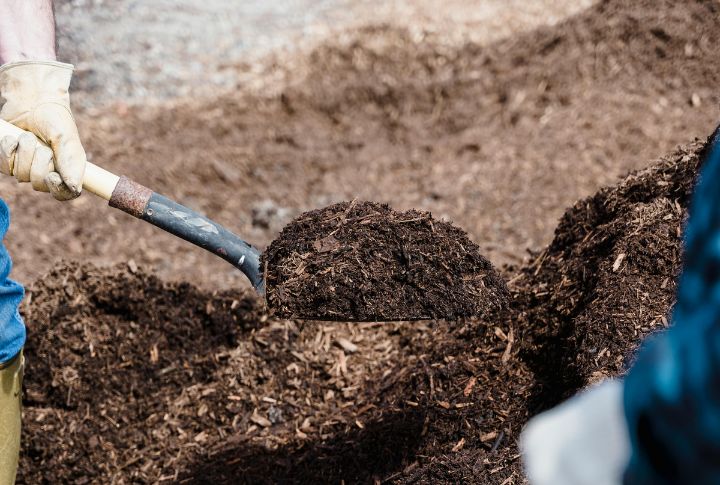
Your lawn clippings and fall leaves aren’t just waste. They’re free mulch. Spread them around milkweed to lock in moisture and boost soil health. Plus, beneficial insects will stick around all winter. That means a stronger, more inviting habitat when monarchs return.
Add Perches And Sunning Spots
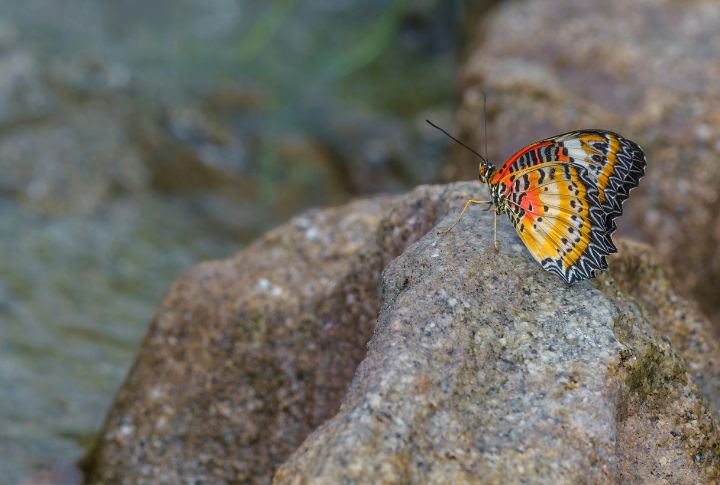
Butterflies start the day like you reaching for morning coffee; well, they need a boost. For them, it’s sunlight. Flat rocks or sturdy sticks placed in sunny spots give monarchs a warm perch to recharge before they flutter off again.
Broadcast Native Plant Seed Bombs
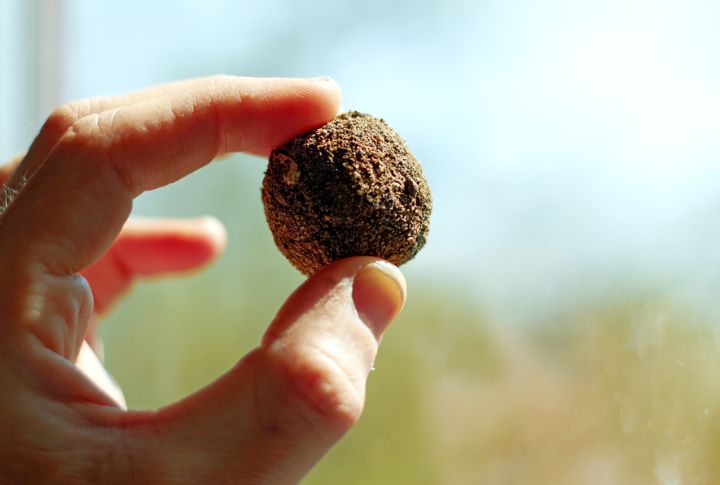
Tossing seed bombs is as fun as it sounds. These little packets sprout into clusters of nectar-rich plants to give monarchs more food and shelter. It’s a low-cost, hands-on way to turn bare soil into a colorful landing zone for butterflies.
Design Color Drifts
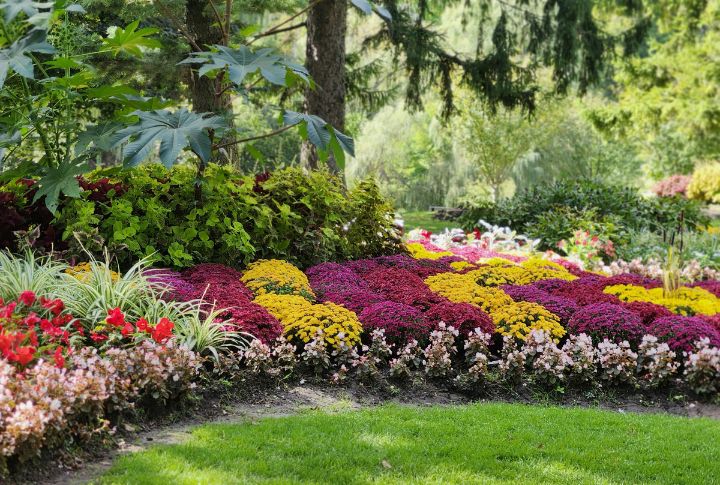
Butterflies notice big splashes of color more than scattered flowers. Planting in bold swaths (think clusters of bright blooms) catches their attention from above. To you, it’s a showy garden, to monarchs it’s a neon sign pointing them toward their next nectar stop.
Provide Windbreaks And Thermal Refuge
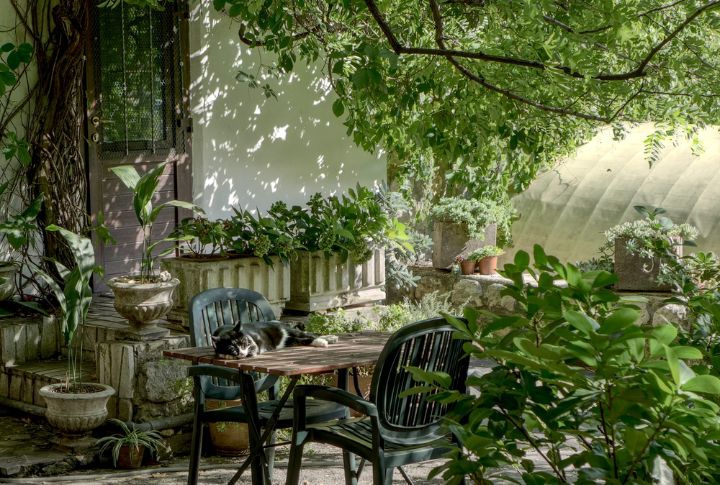
If you’ve ever needed a break on a windy day, so do monarchs. Shrubs, fences, or even a simple screen create pockets of calm where butterflies can feed without stress. A few sheltered spots help them save energy for the journey ahead.
Source Plants

Building a butterfly garden doesn’t mean emptying your wallet. Local seed swaps and plant shares let you trade or pick up native plants for free. Along the way, you’ll meet gardeners who’ve done it before and learn tricks to keep monarchs returning.

